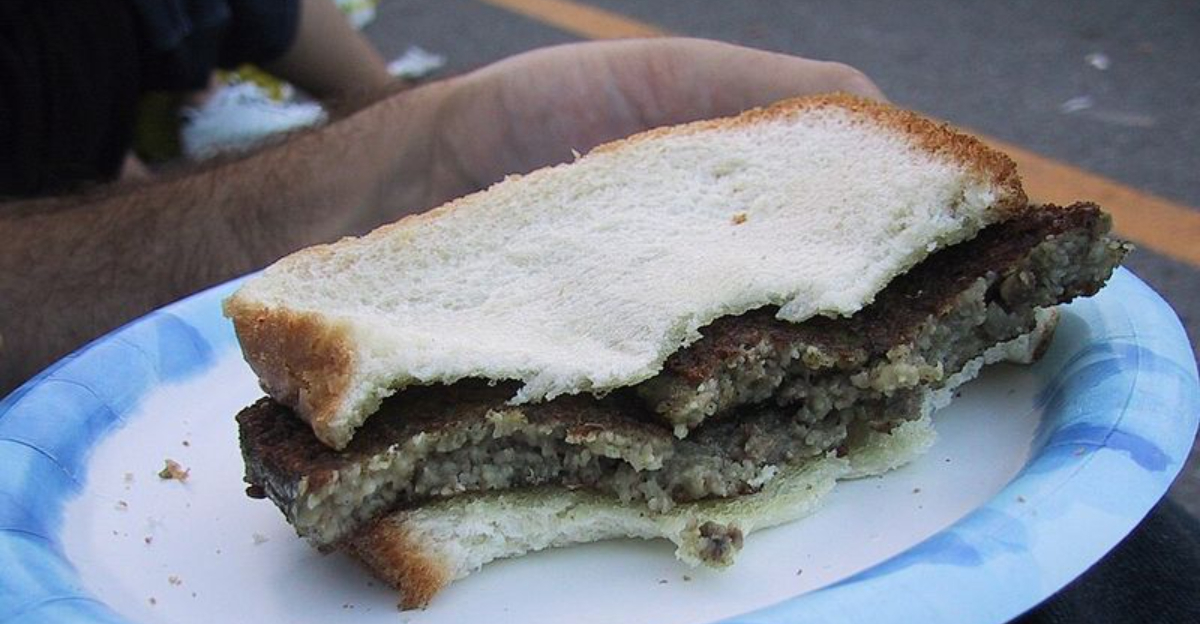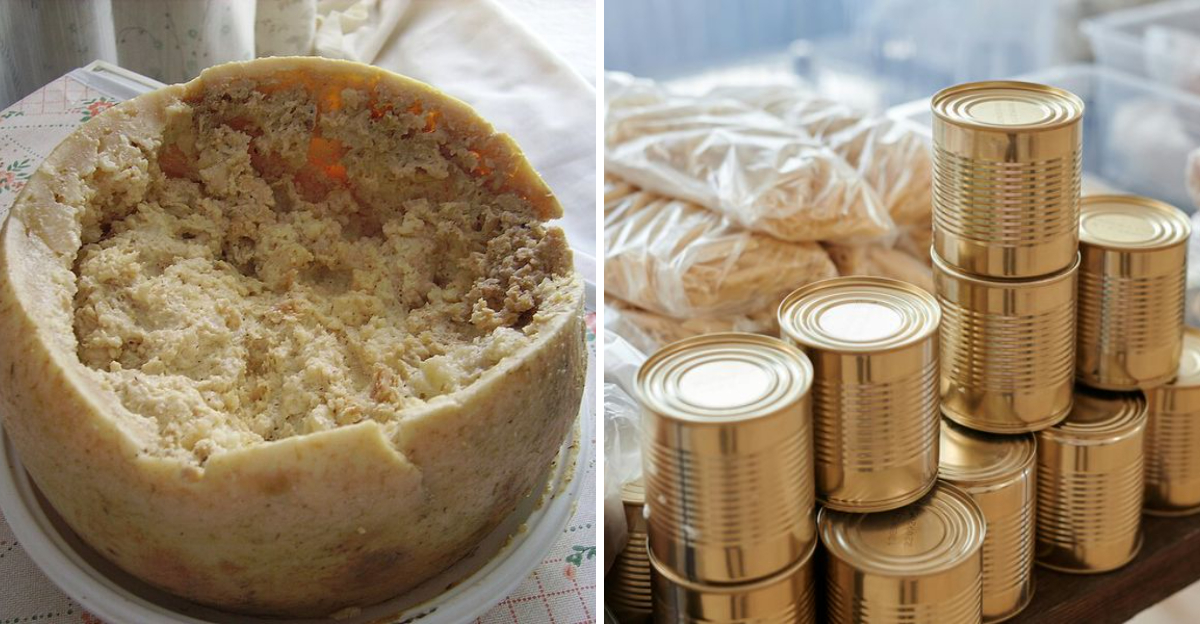10 Beloved Japanese Dishes In America (And 10 That Remain Too Bold For Most Palates)
Japanese cuisine has woven itself into the fabric of American dining, blending tradition with modern tastes in delicious ways.
Sushi rolls, steaming bowls of ramen, and crisp tempura have become beloved staples, enjoyed everywhere from casual lunch spots to upscale restaurants.
Yet beyond these familiar favorites lies a world of dishes that many diners haven’t yet explored, fermented specialties, regional street foods, and centuries-old recipes that showcase Japan’s culinary artistry.
Whether you’re drawn to comforting broths or curious to try something boldly unique, Japanese food invites every palate on a flavorful journey that balances simplicity, skill, and pure enjoyment.
This article provides general information on Japanese cuisine and its reception in the United States. The descriptions of dishes include cues about typical ingredients, flavor profiles, and cultural context, but the actual experience can vary widely depending on preparation, region, and individual preferences. This content is not dietary advice nor an endorsement of any specific dish or restaurant. Those with dietary restrictions, food allergies, or health conditions should check ingredients and preparation methods before consuming unfamiliar foods.
1. Beloved Japanese Dishes: Ramen
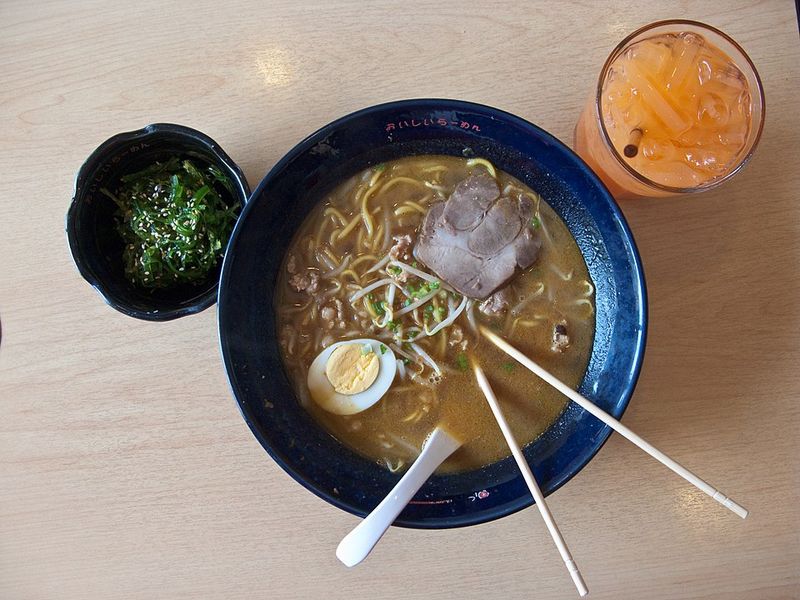
Slurping noodles never felt so good! Ramen has become America’s go-to comfort food, with its rich broth, springy noodles, and endless topping possibilities.
Whether you prefer creamy tonkotsu, savory shoyu, or spicy miso, there’s a bowl for every mood. Many cities now boast dedicated ramen shops where lines form around the block.
Just saying, nothing beats that first satisfying bite on a chilly evening!
2. Tempura

Crispy, light, and absolutely addictive – tempura has won hearts across America with its delicate batter and perfectly fried goodness. Shrimp tempura leads the pack, though vegetable varieties offer equally delicious crunch.
The secret lies in the ice-cold batter and quick frying technique that creates those signature airy flakes. Dip it in tentsuyu sauce for maximum flavor.
Kids and adults alike can’t resist this golden treat!
3. Chicken Teriyaki
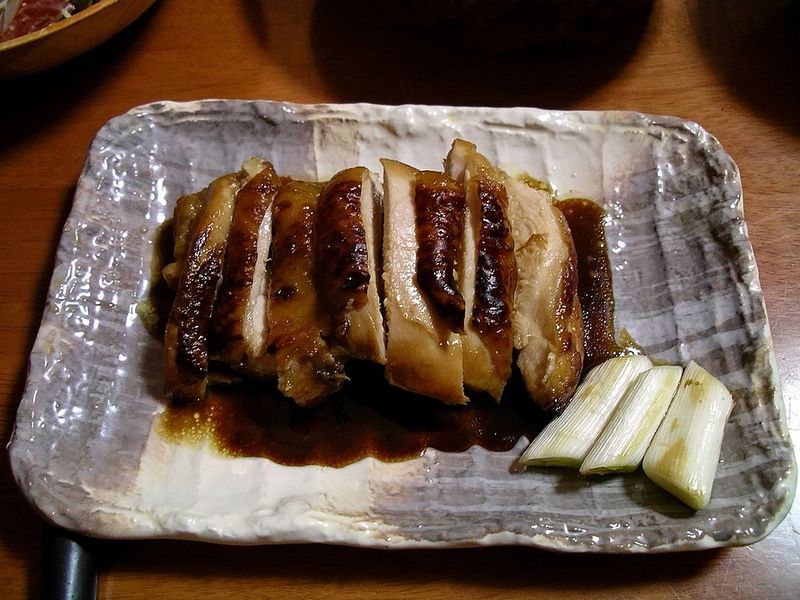
Sweet, savory, and incredibly simple – chicken teriyaki has become a staple at Japanese restaurants and home kitchens alike. That glossy glaze made from soy sauce, mirin, and sugar transforms ordinary chicken into something spectacular.
Even picky eaters find themselves reaching for seconds. The dish works beautifully over rice or tucked into a bento box.
Plus, it’s surprisingly easy to make at home!
4. Gyoza

Crispy on the bottom, tender on top, gyoza dumplings deliver the perfect textural contrast that keeps Americans coming back for more. These pan-fried pockets typically contain pork, cabbage, garlic, and ginger wrapped in thin dough.
Dip them in a mixture of soy sauce, rice vinegar, and chili oil for an explosion of flavor. They’re perfect appetizers or side dishes.
Warning: one order is never enough!
5. Miso Soup
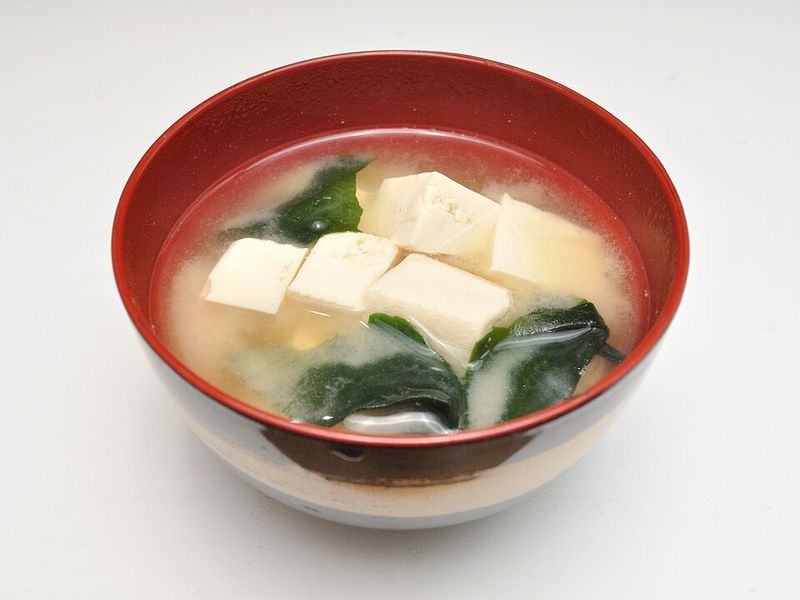
Warm, comforting, and incredibly nutritious, miso soup has become the ultimate starter at Japanese restaurants nationwide. The fermented soybean paste creates a savory umami-rich broth that soothes the soul.
Tofu cubes, seaweed, and green onions float gently in each bowl. Many health-conscious diners appreciate its probiotic benefits and low calorie count.
It’s like a warm hug in a bowl!
6. Tonkatsu
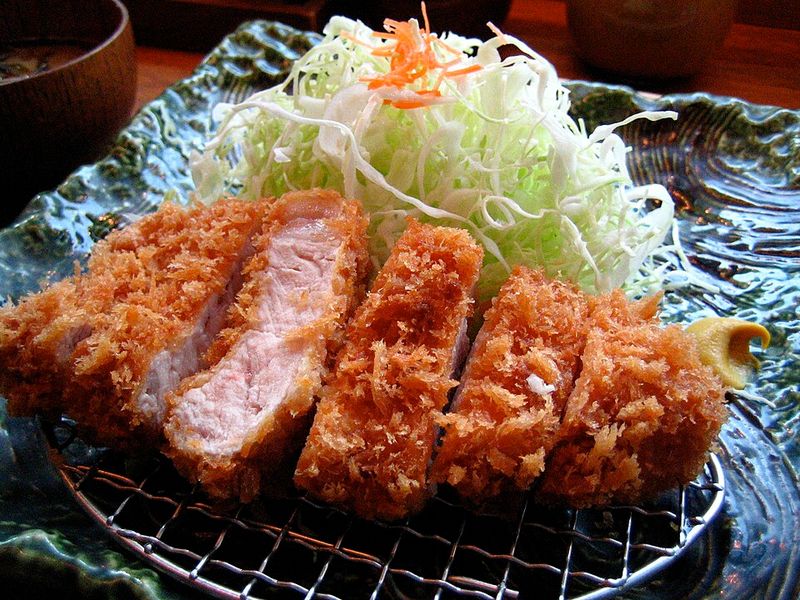
Imagine the crunchiest, juiciest pork cutlet you’ve ever tasted – that’s tonkatsu! This breaded and deep-fried masterpiece features a tender pork loin coated in panko breadcrumbs that create an incredibly crispy exterior.
Drizzled with thick, sweet tonkatsu sauce and served alongside shredded cabbage, it’s pure satisfaction. The contrast between crunchy coating and succulent meat is absolutely divine.
Total crowd-pleaser material right here!
7. Yakitori

Skewered and grilled to perfection, yakitori brings the Japanese street food experience straight to American taste buds. These bite-sized chicken pieces get brushed with tare sauce while cooking over charcoal, creating irresistible smoky flavors.
From thigh meat to chicken meatballs, every skewer offers something delicious. The simplicity of grilled chicken never tasted so sophisticated.
Perfect finger food for any occasion!
8. Okonomiyaki
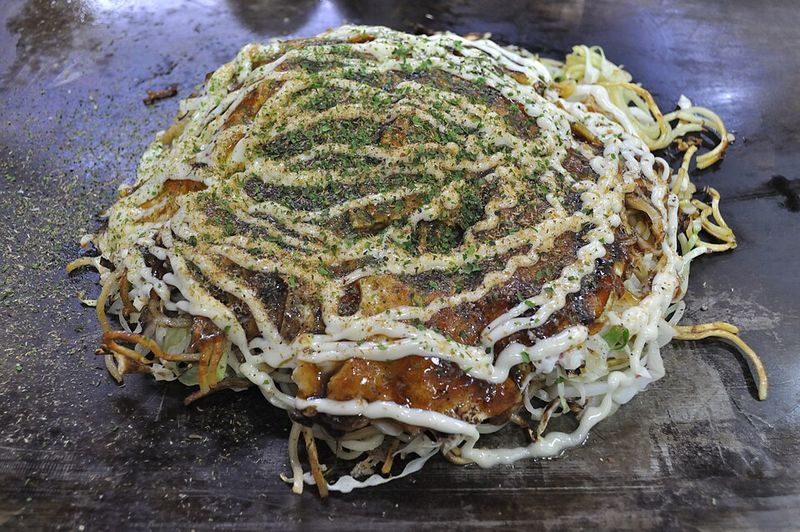
Think of it as Japan’s answer to pizza – okonomiyaki translates to “grilled as you like it,” and boy, do Americans like it! This savory pancake combines cabbage, batter, and your choice of proteins into one glorious dish.
Topped with tangy sauce, creamy mayo, dancing bonito flakes, and seaweed, it’s a flavor explosion. Watching those paper-thin fish flakes move from the heat is mesmerizing.
Pure edible entertainment!
9. Katsu Curry

When comfort food meets Japanese ingenuity, katsu curry is born! This beloved dish combines crispy tonkatsu with thick, mildly sweet Japanese curry sauce poured over steaming rice.
The curry isn’t too spicy, making it approachable for American palates while still delivering complex flavors. Carrots, potatoes, and onions simmer within the golden sauce.
It’s basically a hug for your stomach – no exaggeration!
10. Sushi Maki Rolls

Sushi rolls have become so popular in America that some forget they’re originally Japanese! From California rolls to spicy tuna, these bite-sized bundles of rice, seaweed, and fillings have conquered American appetites.
The combination of textures and flavors makes each piece an adventure. Whether you’re a sushi veteran or newbie, maki rolls offer accessible entry points.
They’re Instagram-worthy too – bonus points!
11. Not So Beloved: Natto
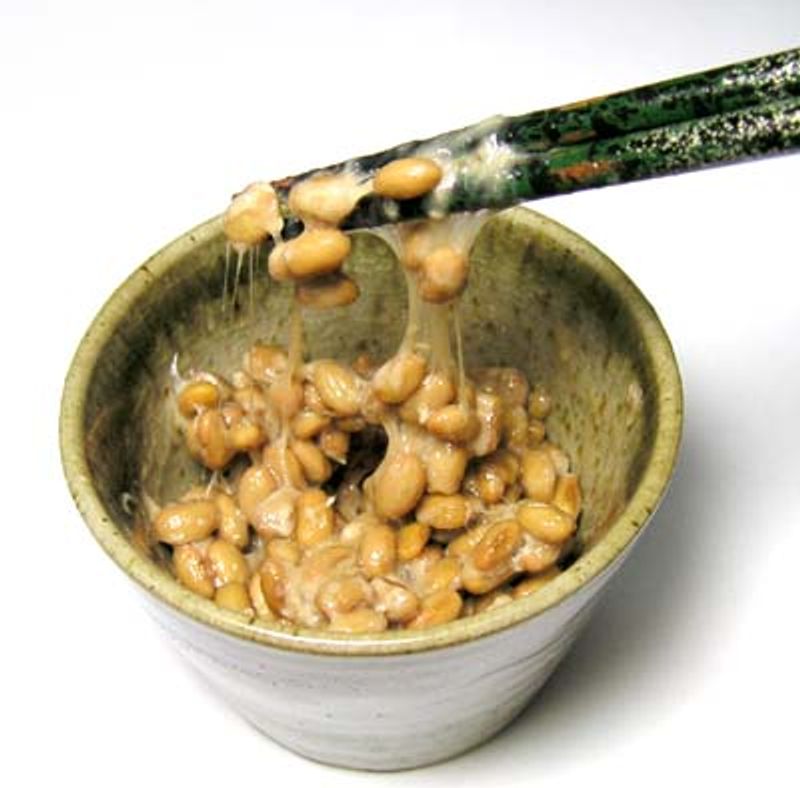
Sticky, stringy, and seriously polarizing – natto is fermented soybeans that most Americans find utterly baffling. The texture resembles something between slime and glue, with long, gooey strands stretching between your chopsticks.
Its pungent smell doesn’t help matters either, though Japanese people swear by its health benefits and acquired taste. Typically eaten over rice for breakfast.
Definitely an acquired taste situation here!
12. Not So Beloved: Shirako
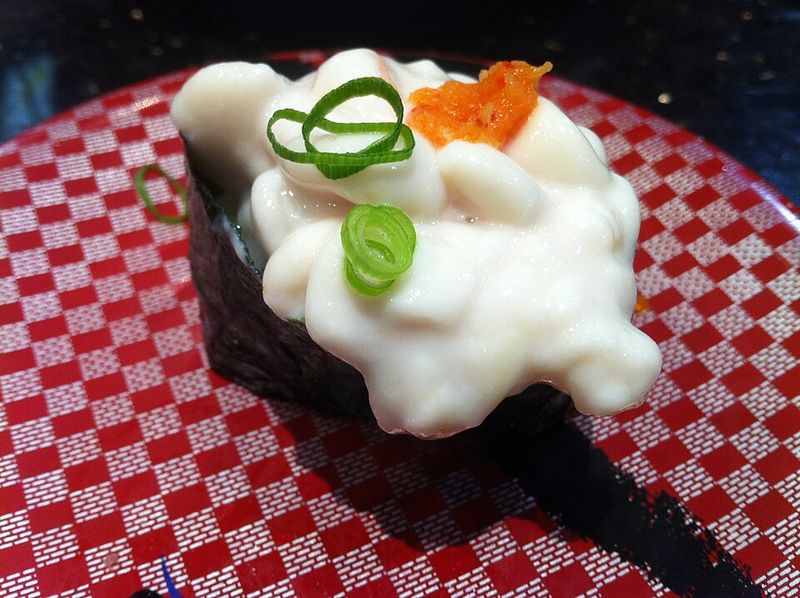
Shirako might surprise some diners – it’s the milt of cod or pufferfish, prized in Japan as a seasonal delicacy. Its smooth, custard-like texture and mild, subtly sweet flavor make it popular when served raw or lightly cooked with ponzu sauce.
While the ingredient’s origin can be unusual for Western palates, Japanese chefs value it for its rich taste and unique culinary tradition.
13. Not So Beloved: Fugu Sashimi

Fugu, or pufferfish, contains a potent natural toxin that requires specially licensed chefs to prepare safely. Improper preparation can cause serious poisoning, which is why only certified experts may serve it.
The paper-thin slices offer mild flavor and subtle texture, hardly worth the risk for most Western diners.
Talk about dining on the edge – literally!
14. Not So Beloved: Basashi
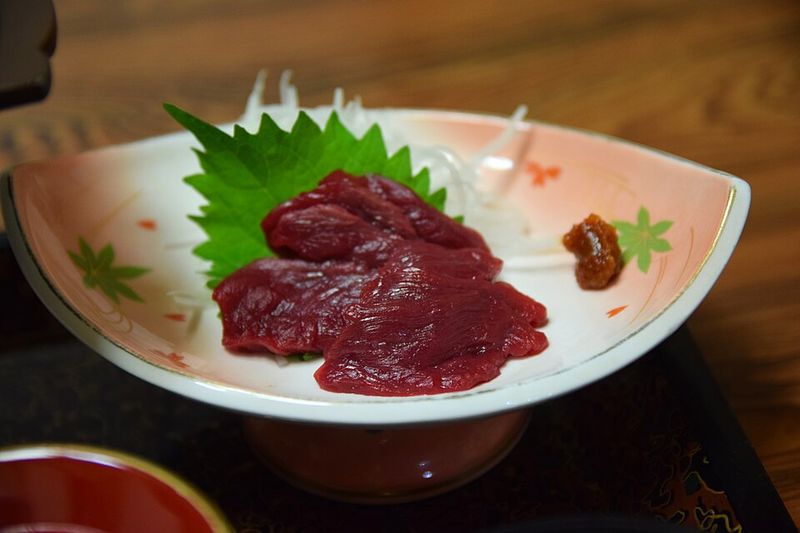
Raw horse meat might be considered a delicacy in Japan, but Americans typically see horses as companions, not cuisine! Basashi appears as deep red, thinly sliced meat served cold with soy sauce, ginger, and garlic.
The cultural taboo alone prevents most Western diners from even considering it. The lean, slightly sweet meat offers unique flavor, but emotional barriers prove insurmountable.
Cultural differences never tasted so controversial!
15. Not So Beloved: Inago No Tsukudani
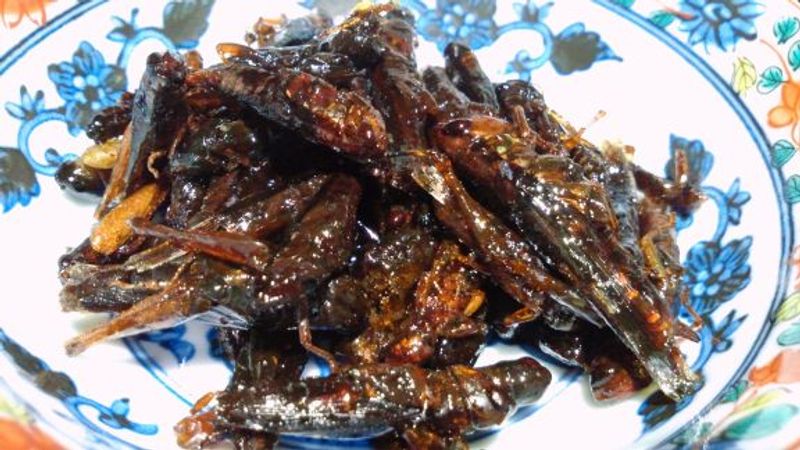
Crunchy grasshoppers glazed in sweet soy sauce sound like something from a dare, not dinner! Inago no tsukudani involves cooking locusts or grasshoppers until crispy, then simmering them in sugar and soy.
While insects are sustainable protein sources, most Americans can’t get past the visible legs and antennae. They taste nutty and sweet, but psychological barriers remain strong.
Bug-eating hasn’t caught on here yet!
16. Not So Beloved: Ika No Shiokara

Fermented squid mixed with salted squid pieces create this intensely flavored delicacy that Americans generally avoid. The pungent, oceanic smell hits you before the first bite, warning of the powerful umami explosion ahead.
Its slimy texture and strong fishy taste prove too much for most Western palates. Japanese people enjoy it as a drinking snack.
Definitely not for the faint of heart!
17. Not So Beloved: Konowata
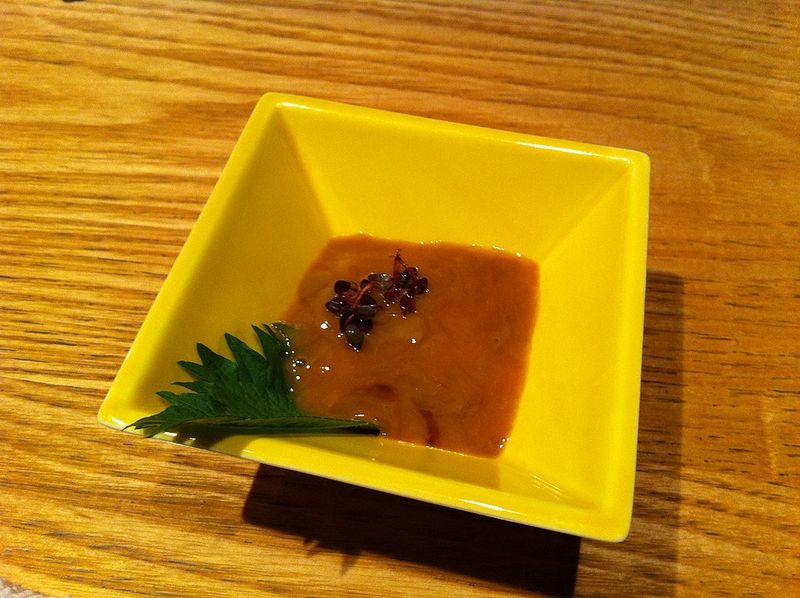
Konowata is made from the viscera of sea cucumbers, preserved in salt and lightly fermented to create one of Japan’s Three Great Delicacies.
The result is a soft, gelatinous condiment with a distinctly briny depth that showcases traditional preservation methods. While its flavor profile can be intense for those unfamiliar with it, many Japanese diners appreciate its complex umami and cultural significance.
18. Not So Beloved: Funazushi

Ancient preservation methods created funazushi, where carp ferments with rice for months or even years! The resulting fish develops an incredibly pungent, cheese-like smell that clears rooms.
Its sour, funky taste and soft, almost mushy texture challenge even adventurous eaters. This represents sushi’s original form, long before modern nigiri existed. Most Americans find it completely inedible.
History doesn’t always taste delicious, apparently!
19. Not So Beloved: Kusaya
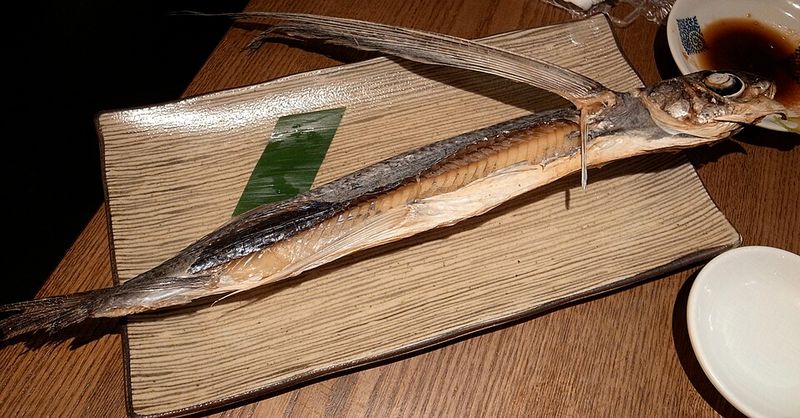
Kusaya might just be the smelliest food on Earth – and that’s saying something! Fish gets fermented in special brine, then dried, an extremely pungent aroma often compared to strong aged cheese or over-fermented seafood.
The intense, funky smell permeates everything nearby. While grilling improves the taste slightly, most Americans can’t get past the olfactory assault. Island communities in Japan treasure this traditional preserved fish.
Your nose will veto this one!
20. Not So Beloved: Nankotsu Karaage
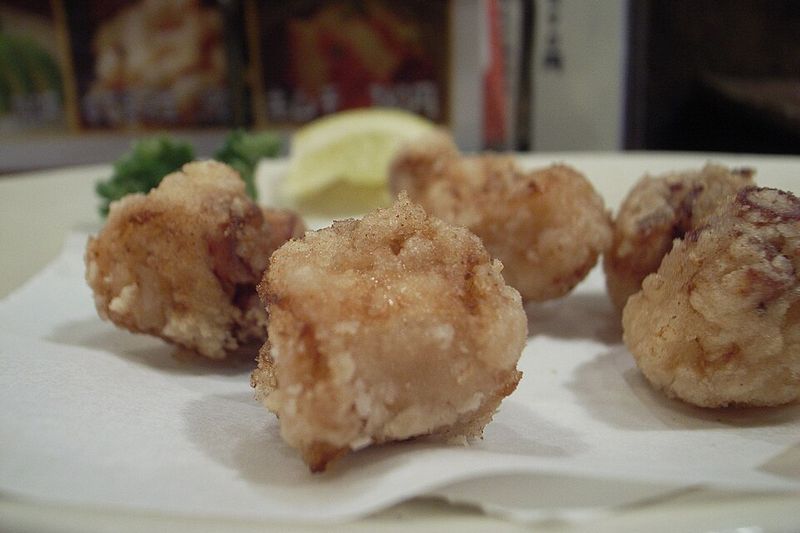
Crunchy chicken cartilage might sound strange, but it’s the texture that really throws Americans off! Nankotsu karaage involves deep-frying those typically discarded crunchy bits from chicken breastbones.
The result is intensely crispy yet oddly chewy pieces that feel more like eating bones than meat. While the seasoning tastes great, the unusual mouthfeel proves too weird for most Western diners.
Textural challenges are real, folks!


